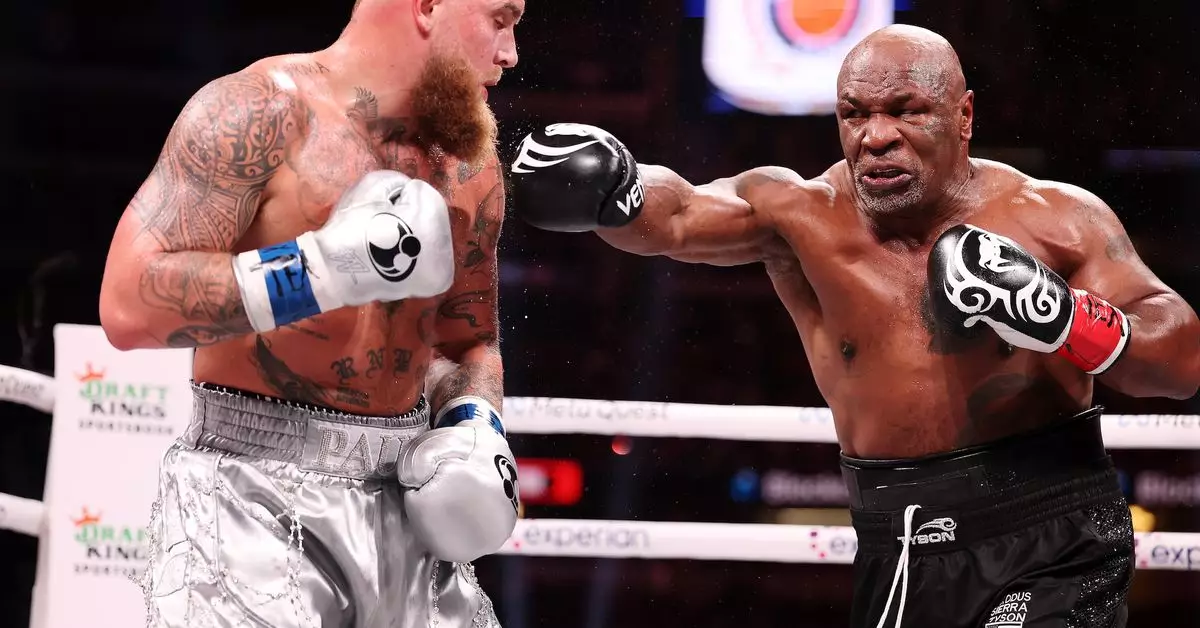In a remarkable demonstration of digital engagement, Netflix achieved an astounding 65 million concurrent streams during the recent boxing match between Mike Tyson and Jake Paul, as reported by the event’s promoter, Most Valuable Promotions. This influx of viewers marked a massive surge in traffic for the platform, reaching over 60 million households globally. Such numbers outstrip Netflix’s typical viewership during high-traffic events like its Christmas Day NFL broadcast, which had already set a benchmark in the industry. This monumental gathering of streams underscores the growing popularity of live events on subscription platforms, highlighting the potential for substantial audience engagement outside traditional cable broadcasts.
However, with such overwhelming numbers came significant challenges. Netflix’s infrastructure faced unprecedented pressure, resulting in widespread reports of streaming quality issues. Viewers encountered problems ranging from pixelated images to persistent buffering, leading to frustration and discontent. Downdetector, a website monitoring real-time service outages, noted over 100,000 complaints related to Netflix during the live event, showcasing how even the most well-prepared systems can falter under the strain of extraordinary demand.
In response to these challenges, Netflix’s Chief Technology Officer, Elizabeth Stone, addressed the internal crisis. She communicated that the company was focused on stabilizing the streaming experience for the majority of viewers, despite the disruptions experienced by some. This acknowledgment of the problems faced by a segment of their audience is crucial, as it highlights Netflix’s awareness of the delicate balance between ambition and execution. Stone’s message emphasized that while the event was a notable success in terms of viewership, there remains significant room for improvement in infrastructure resilience and user experience.
The events of that night not only spotlight the immense potential for live streams on platforms like Netflix but also serve as a cautionary tale. As consumer expectations increase alongside viewership numbers, it becomes essential for these services to invest significantly in their technological frameworks. The volatile nature of live broadcasts necessitates enhanced scalability and more robust systems to mitigate the risk of service interruptions.
The Mike Tyson vs. Jake Paul match presented an unprecedented opportunity for Netflix, inviting both applause for its engaging content and critique for its technical shortcomings. This duality speaks to the ongoing evolution of digital streaming services, illustrating the need for careful planning and investment in technology to meet viewers’ escalating demands, especially during event-driven traffic spikes. The landscape of entertainment delivery is rapidly changing, and platforms must adapt to not only capture audiences but also maintain their loyalty through seamless experiences.

